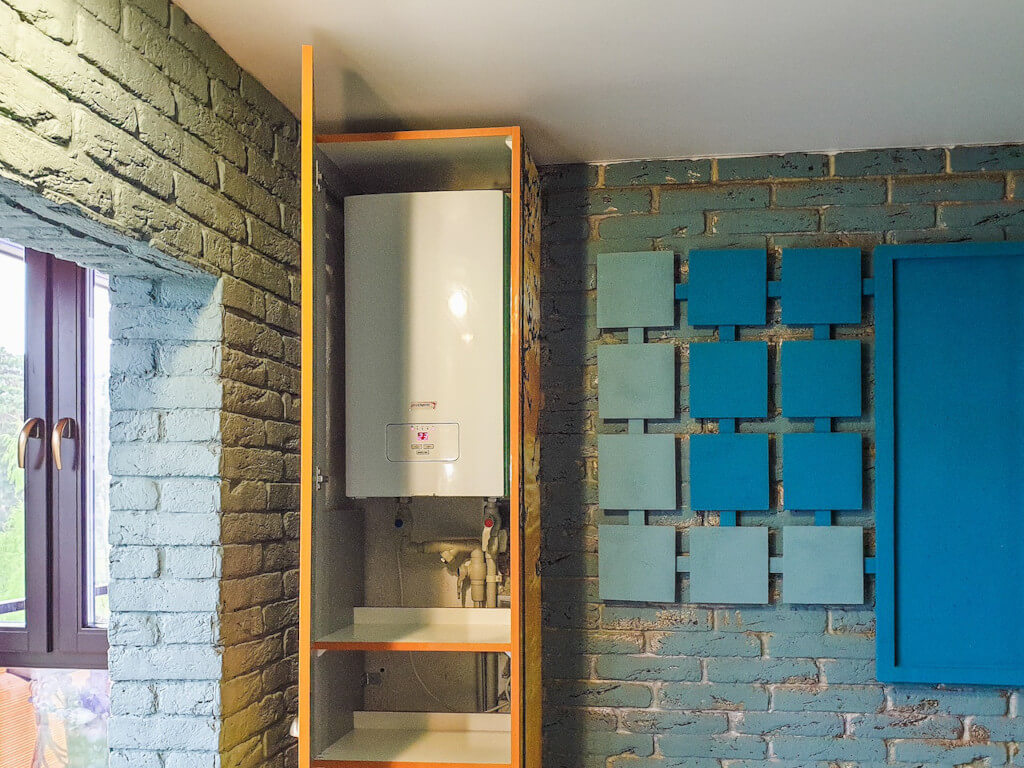Because of its ability to fulfill the purpose of supplying us with hot water in the bathrooms and kitchens of our homes and businesses, a geyser is a piece of equipment that is required in the majority of our buildings. A heated water geyser, also known simply as a geyser, is an extremely helpful device that is frequently required, not only in hot countries but also in cold countries.
However, geysers are susceptible to several issues, some of which may require resolution as quickly as is physically possible so you can continue to make use of or operate them without interruption.
Problems with Geysers and How to Determine If Your Geyser Is Too Hot
The first thing that probably comes to mind when you think about geyser difficulties is either a geyser that has burst or one that does not heat the water to the appropriate temperature. Because producing hot water is the primary function of a geyser, many house owners don’t give much thought to the question of whether or not their geyser is operating at an unsafe temperature.
Geyser Issues
As a result, you may be curious as to why an unusually hot geyser should be counted as one of the prospective geyser problems that you, as a house owner, may have to deal with at some point.
We will discuss the potential hazards that come with having a geyser that has an abnormally high temperature, as well as the factors that lead to the development of this problem and the potential answers to it. We will also discuss the other potential geyser problems that can arise and how to fix them.
An Unreasonably Hot Geyser
It is normal for the water that comes out of your geyser to be warm, but it should not be boiling. If someone opens the hot water tap, they put themselves at risk of suffering serious burns from the water’s extreme temperature. Additionally, when the water within your geyser is too hot, it can cause pressure difficulties within the tank, which is a serious hazard, in addition, to plumbing issues. This can be a headache for anyone who owns a geyser.
Because of the substantial amount of pressure that can be generated by hot water, particularly in a confined space, a geyser that has been left unsupervised runs the risk of exploding. This has the potential to cause significant damage to your property and poses a significant threat to the well-being of anyone who is in the immediate vicinity when it takes place. Lastly, an overheating geyser will require a great deal more energy to maintain, which will lead to a significant increase in the cost of your electric bill.
Causes of an Overheating Geyser, as well as Possible Solutions
It’s possible that the inaccurate temperature configurations on your thermostat are to blame for your geyser getting too hot. Inspecting your thermostat and reducing the temperature to a more appropriate setting is an easy and effective way to fix this problem, which can be solved by following these steps:
- Give it some time
- Inspect the temperature of the water to see whether the problem has been solved after you’ve given it some time.
- The thermostat may be broken if the water is still uncomfortably hot.
- In this scenario, it is in your best interest to contact a local plumber so that they can perform a risk-free inspection of your temperature controller and replace or fix it as required.
The Accumulation of Minerals on the Geyser’s Components
These minerals begin to clump together and stick to one another when the water heats up, and as they get heavier, they sink to the bottom of the geyser. After some time, they begin to cover the elements of the geyser, which forces the geyser to exert a greater amount of effort to heat the water. The result is a geyser that has become too hot.
In the initial phases of this accumulation, it is possible that a thorough cleaning is all that is required to solve the problem. On the other hand, if it is left for an excessively long time, the elements may begin to wear out, and a complete replacement may be required.
A geyser release valve that is leaking is another possible reason for a geyser that is operating at an unsafe temperature. Because of a problem with the pressure release valve, steam continues to build up inside the geyser. The geyser is designed to let some steam out so that the pressure and temperature can be maintained at an appropriate level.
If you hear a boiling noise coming from your geyser, it is of the greatest priority that you communicate with a skilled plumber as quickly as possible to come out and replace or fix the valve. Pressure and heat build-up are unsafe, and if you hear this sound, you must do so.
Other Geyser Problems That May Arise
A Leaking Geyser
A geyser leak is one of the most typical issues that can arise with the device. It is a well-known fact that geysers frequently dribble or leak water through the overflow pipe of the pressure-control valve. It is normal for there to be a small amount of dripping, but if it is greater than just a few liters, then this may be an indication that the control valve is not working properly. Check the condition of this valve, and if it can’t be fixed, consider having it replaced.
Water That is Not Sufficiently Hot or That Does Not Have Any Hot Water at All
Another issue that frequently arises with geysers is when the water that is extracted from them is either not hot enough or not hot at all. When there’s no hot water at all, then you need to test the geyser circuit breaker on the main distribution to see if it has been tripped or not. If it hasn’t, then the problem is likely not with the geyser. It may be necessary to reboot the circuit breaker more than once. If the breaker keeps tripping, you might have to get in touch with an electrician. Should the issue not be related to the electrical supply, then it is likely that either the heating coils or the temperature controller are broken. If this is the case, you will likely need to replace it.
Water is Dripping Down From the Ceiling
If water is dripping through the ceiling, it is possible that the geyser has burst or that a massive leak has evolved. Either of these scenarios could be the cause of the problem. In some instances, this may also be the result of the drip tray and overflow system not being able to keep up with the demand. In this particular scenario, turn off both the power supply and the cold water supply that is connected to the geyser. To get this problem fixed, you should get in touch with a plumber.
You should be able to find an answer to the problem on your own now that you are familiar with the most widespread geyser issues and how their solutions work. You can get in touch with a local plumber if the water in your geyser is not heating up properly or if it is experiencing any other issues.

